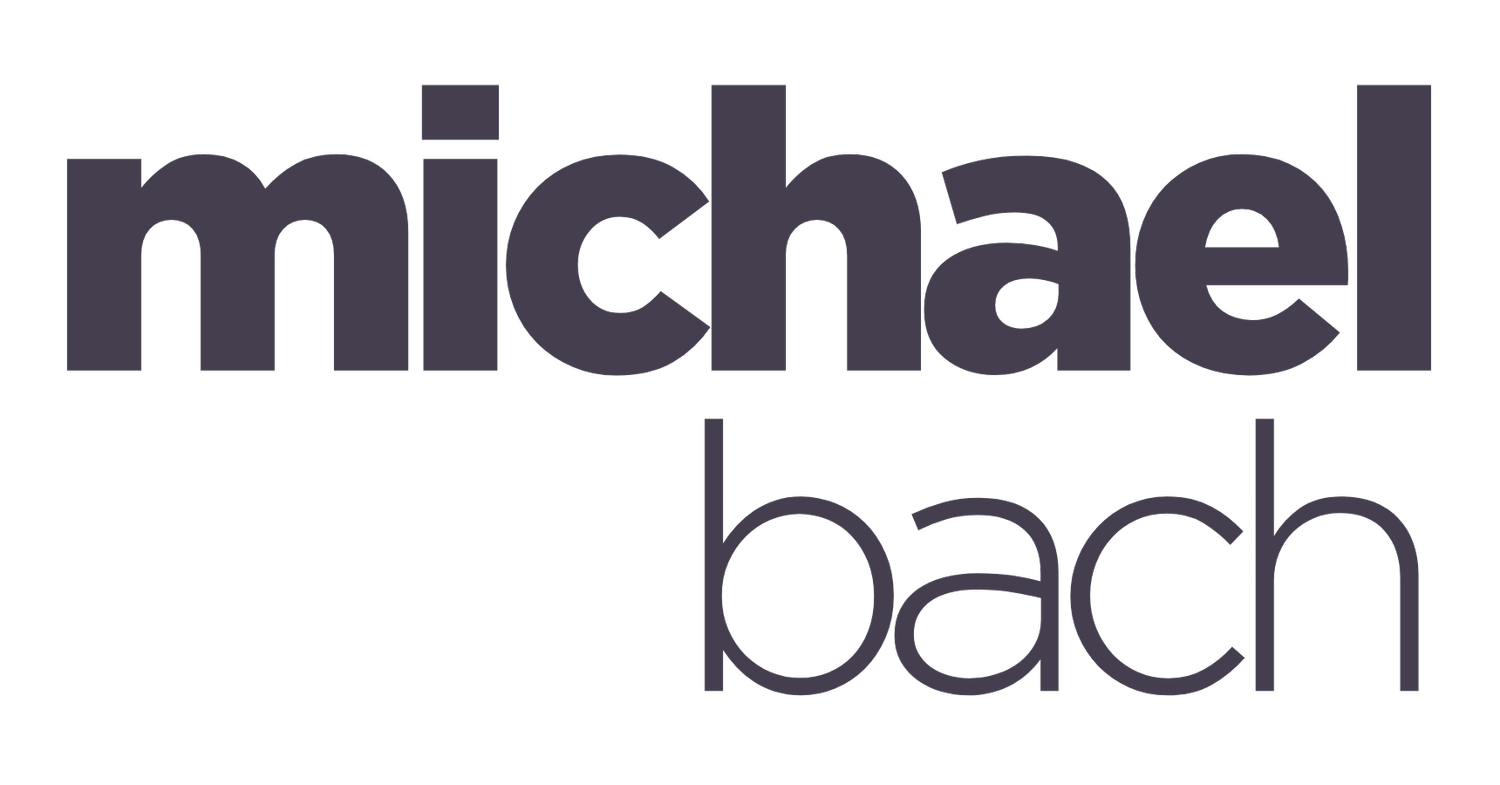Employers have an opportunity with the Fall of Roe v. Wade
On June 24, 2022, just hours before LGBTQ+ Pride celebrations began in cities across the country, the Supreme Court of the United States (SCOTUS) released its (already leaked) opinion that brings an end to Roe v. Wade and a woman’s constitutional right to choose. Nearly 50 years of legal precedent were set aside with the stroke of a pen.
The persistence of the few has overtaken the desire of the many. According to Pew Research, 61 percent of Americans say that abortion should be legal in all or most cases, while only 37 percent feel the opposite.
So, what human right will be the next target for the Christian right? If anyone thinks they will stop at abortion, they’re foolish at best and delusional at worst. Justice Clarence Thomas released his own concurring opinion on Roe v. Wade, saying that the court should also reconsider the cases related to women’s access to birth control, same-sex relations and LGBTQ+ marriage equality. The reason Justice Thomas felt the need to release his misogynist and homophobic opinion is unknown, but it’s clear that the “moral minority” has its sites set on LGBTQ+ people.
These recent events, however, present a compelling opportunity for employers to turn a proverbial sow’s ear into a silk purse. At the same time that the human rights of LGBTQ+ people are in the crosshairs, the United States is facing a historically low unemployment rate, leaving employers scrambling to find talent. Even with a recession looming, the jobs numbers are still what they are, making it harder for employers to maintain operations, let alone grow.
Now more than ever, employers must work harder to attract prospective talent. Higher pay rates may be an effective tactic for already low-paying service jobs, but salaried positions are another story. There is only so much an employer can pay before a role becomes unaffordable. When you look at what employees want from their workplace, the focus now is on flexibility, well-being and culture. Employers have an opportunity to be public about their commitment to human rights and inclusion to differentiate themselves from their competitors.
According to research from Deloitte, nearly 40% of LGBTQ+ employees are actively looking to change jobs to find an employer with a more inclusive work culture. The US workforce is made up of about 208 million people. A 2021 study from Gallup found that 5.6% of adults in the US identify as LGBTQ+. That means over 4.6 million LGBTQ+ people are looking to make a change in their employment, all to find a workplace where they can be themselves.
What can you do to make your workplace more attractive to LGBTQ+ talent? Here are some tips:
Stay flexible: The pandemic has shown that people can work from home and be just as productive as when working in an office. Now is not the time to return to the way things were. Instead, making remote work part of your standard operating procedures will create opportunities to attract LGBTQ+ people who live in blue states. If SCOTUS overturns marriage equality, there could be a mass exodus of LGBTQ+ people migrating to states willing to protect LGBTQ+ rights. Employers that enshrine remote work as part of their culture will have access to more talent compared to those still stuck in a pre-COVID mentality.
Policies and procedures: Part of creating an LGBTQ+ inclusive workplace is to ensure that you have policies and procedures that clearly and explicitly articulate your commitment to LGBTQ+ inclusion. Policies must use explicit language like “sexual orientation, gender identity, and gender expression,” along with gender-neutral jargon, like “they” and “them” as pronouns instead of “he” and “she.”
Educate: It’s equally important to ensure policies and procedures are enacted as intended. That means you must educate people on the policies and procedures to ensure everyone understands what is expected of them. Further, it’s not safe to assume that everyone understands the importance of LGBTQ+ inclusion and safe space. It’s the employer’s responsibility to ensure everyone in their organization knows what they can do to create an LGBTQ+ inclusive workplace.
In with both feet: Employers can’t have it both ways. They can’t be inclusive without picking a side. They can’t claim to support LGBTQ+ inclusion while funnelling money to politicians that are actively working against LGBTQ+ rights. This will only hurt your ability to attract LGBTQ+ talent. The community is watching, and this double standard won’t help you attract LGBTQ+ talent; it will have the opposite effect. It’s time for employers to leverage their position within a community to demand better from their elected officials – including protections for LGBTQ+ people.
Make it public: Put information on your external website, social media, and internal portal that makes it clear you support LGBTQ+ inclusion. Do not be ambiguous and leave the information open to interpretation. Again, employers can’t have it both ways – trying to be inclusive to one community while at the same time trying not to offend another. Research from Gallup finds that 71 percent of Americans support marriage equality and 79 percent believe that relations between consenting adults should be legal. While your public position may offend some, it’s more likely to attract others in larger numbers.
If you want to be an LGBTQ+ inclusive employer, you must make your position public and risk the potential loss that comes with that position. However, based simply on the math, it’s apparent that the employers that do choose to take a stand in favour of LGBTQ+ inclusion will be the ones to reap the rewards.
